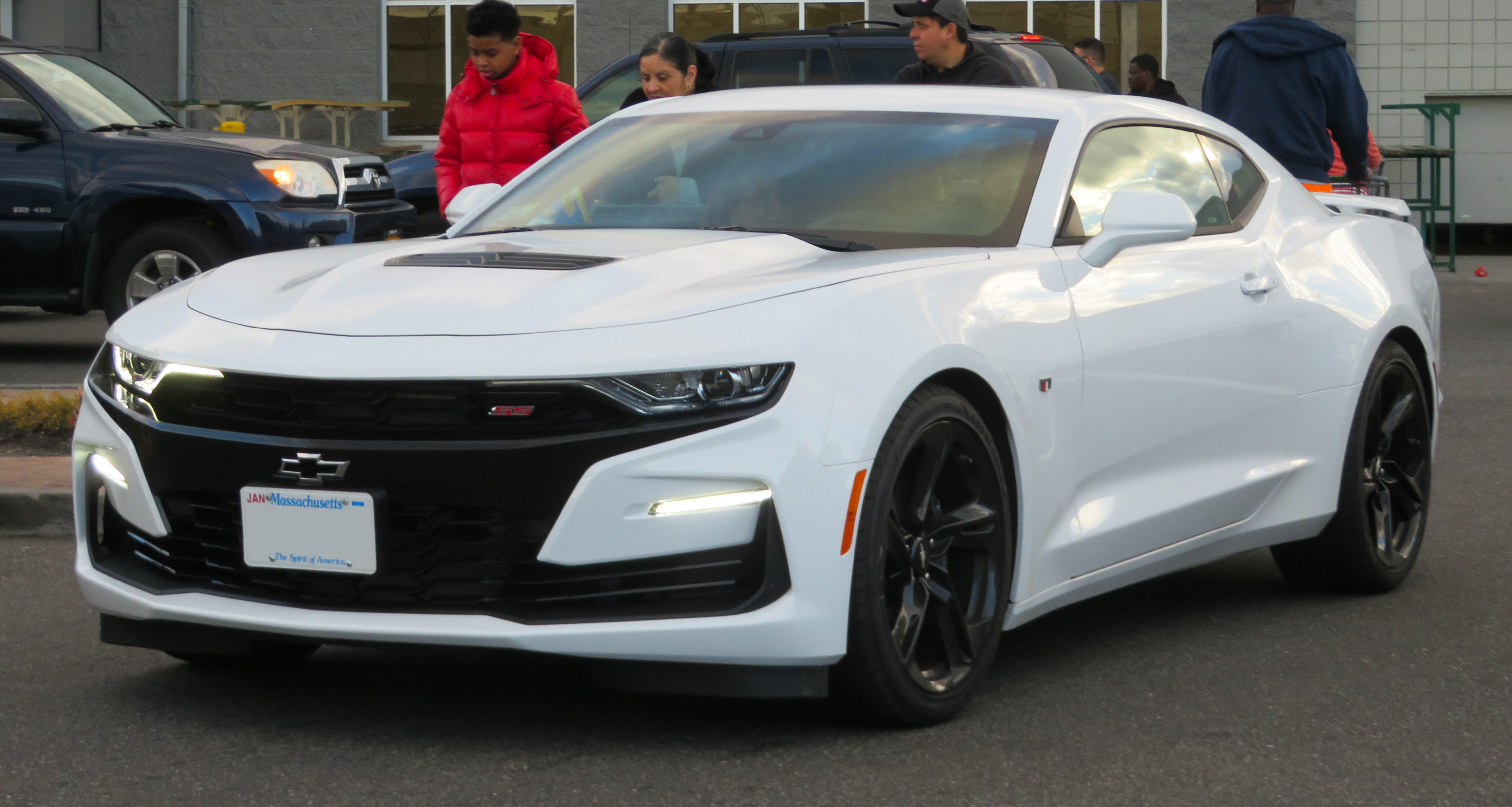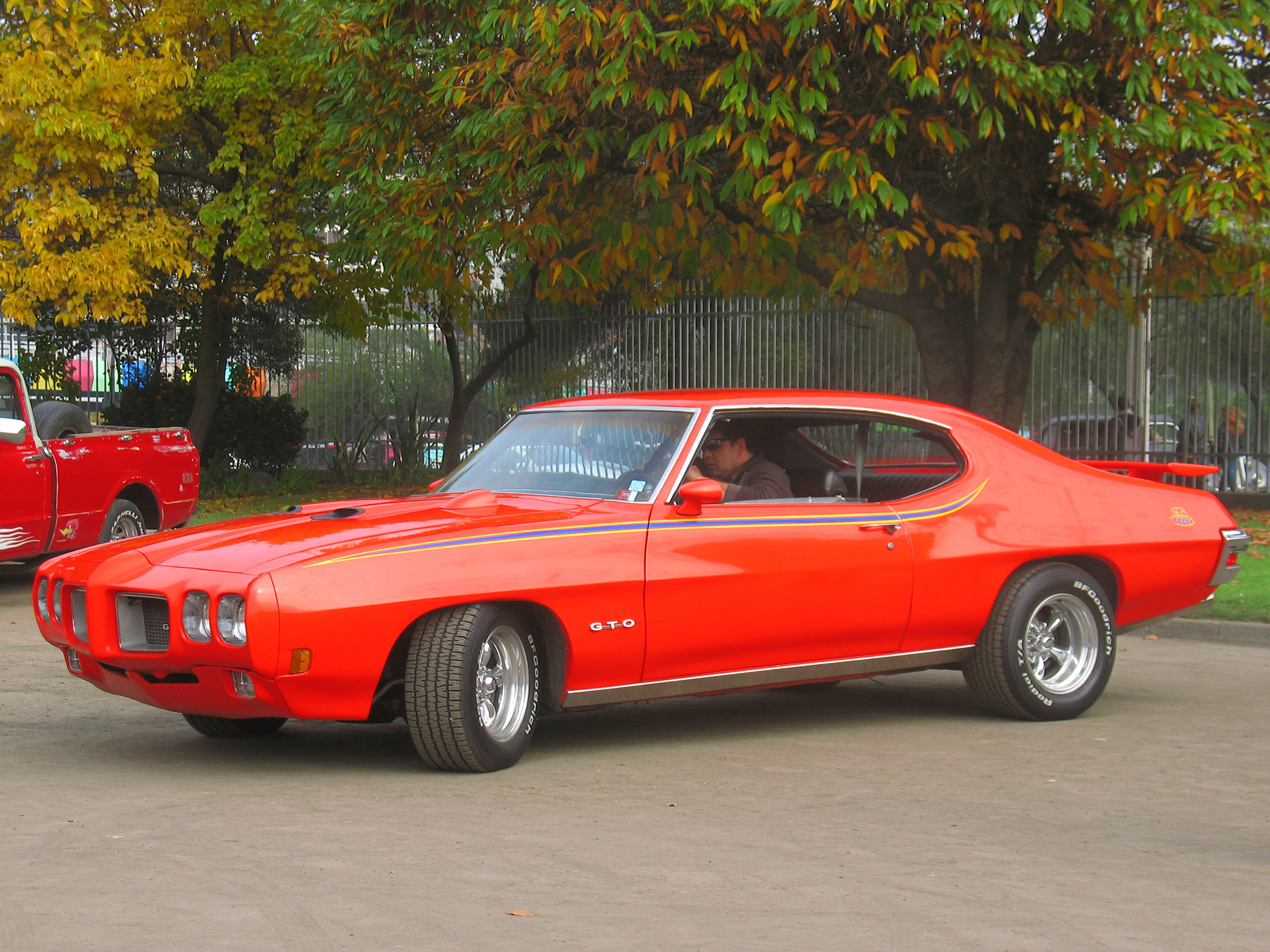American Muscle Cars: Icons that Stand the Test of Time

The classic American muscle car era of the 1960s and 1970s is a vibrant tapestry of raw power, speed, and style that continues to resonate with car enthusiasts today. This golden age saw the emergence of vehicles that not only pushed the limits of automotive engineering but also captured the imagination of a generation. From the throaty rumble of V8 engines to the sleek, aggressive lines, muscle cars were more than just cars; they were a declaration of freedom and individuality.

1. **The Birth of Muscle Cars**: The term “muscle car” first hit the automotive lexicon in the early 1960s. This new breed of vehicle was characterized by powerful engines and a design focused on speed and performance. Automakers from Detroit’s “Big Three”—General Motors, Ford, and Chrysler—were at the forefront, crafting machines that would become legendary. The Pontiac GTO, which debuted in 1964, cemented the muscle car identity with its large V8 engine and sporty design, setting the stage for the onslaught of competitors.

2. **Chevrolet Camaro**: Launched in 1966, the Chevrolet Camaro quickly became an icon among muscle cars. With various V8 engine options and a design that screamed aggression, the Camaro was an instant hit. Notably, the Camaro SS and Z/28 models are revered for their performance and styling, representing the apex of muscle car culture.

3. **Ford Mustang**: Often referred to as the car that ignited the muscle car craze, the Ford Mustang made its debut in 1964 and has since become synonymous with American automotive spirit. Models like the Mustang GT and the legendary Shelby GT500 continue to draw admiration from fans and collectors alike, showcasing a legacy that blends historical significance with modern performance.

4. **Dodge Challenger and Plymouth Barracuda**: These two Mopar siblings emerged as fierce competitors, boasting powerful Hemi V8 engines. Their distinct styling and formidable performance captured the essence of the muscle car era, leaving an indelible mark on automotive history.

5. **Pontiac GTO – “The Judge”**: Known for its powerful engine options and striking design, the GTO, particularly the “Judge” package, became a standout in the muscle car world. It was not just a car; it was a statement of power and performance.

6. **The Decline and Revival**: The muscle car’s popularity waned in the mid-1970s due to stricter emissions regulations and fuel crises. However, the spirit of the muscle car persisted, and in the 2000s, a revival occurred. Automakers reintroduced classics like the Camaro and Mustang, now infused with modern technology and safety features, catering to a new generation of enthusiasts.

7. **Modern Muscle Cars**: Today, muscle cars continue to thrive, maintaining their classic essence while adapting to modern standards. Advanced features like electronic stability control and fuel-efficient engines have made these vehicles more versatile. Models like the Dodge Challenger SRT Hellcat and Ford Mustang Shelby GT350 are testaments to this evolution, offering exhilarating performance that honors their heritage.

8. **The Allure of Muscle Cars**: The enduring appeal of muscle cars lies in their unique combination of nostalgia and innovation. They evoke memories of a bygone era while still delivering contemporary performance. For collectors and enthusiasts, owning a muscle car is not just about the vehicle itself; it’s about being part of a legacy that celebrates American automotive passion.

9. **Iconic Modern Examples**: The modern landscape of muscle cars is filled with powerful contenders. The Dodge Challenger SRT Hellcat boasts a supercharged Hemi V8 with over 700 horsepower, while the Ford Mustang GT350 combines heritage with cutting-edge engineering. The Chevrolet Camaro ZL1 offers a supercharged V8 engine that tantalizes both on and off the track.
10. **Cultural Influence**: Muscle cars have permeated popular culture, appearing in films and music, embedding themselves further into the fabric of American identity. Their image is often associated with freedom, power, and rebellion, making them symbols of personal expression.

11. **A Look into the Future**: As the automotive industry shifts towards electric power, the muscle car’s legacy will continue to adapt. The Chevrolet eCOPO Camaro and Ford’s Mustang Mach-E are examples of how muscle cars are evolving while sticking to their roots. These innovations prove that the spirit of muscle cars can thrive in a future dominated by electric technology.

12. **Storage and Value Appreciation**: For collectors, the muscle car market remains robust. As demand continues to grow, many classic muscle cars have appreciated significantly over the years. Owning one of these vehicles often requires careful consideration regarding storage and maintenance to preserve their value.

13. **The 1964 Pontiac GTO**: Often heralded as the first true muscle car, the Pontiac GTO set the tone for the genre with its potent 389 cubic inch V8 engine and aggressive styling. With 348 horsepower, it showcased the performance potential of American automobiles, becoming a must-have for speed enthusiasts and a cultural icon of the era.

14. **The 1970 Chevrolet Chevelle SS 454 LS6**: The Chevelle SS 454 LS6 is a muscle car legend, revered for its power and performance that dominated the streets. With its 454 cubic inch V8 engine producing 450 horsepower, it was an engineering marvel of its time, making it a prized possession for collectors and a symbol of the muscle car’s golden age.

15. **The 2018 Dodge Demon**: As a modern marvel in the muscle car world, the 2018 Dodge Demon redefined performance with its staggering 840 horsepower. Engineered for drag racing, it is designed to be the fastest production car available, showcasing the evolution of muscle cars into high-performance machines that honor their heritage.

16. **The 1970 Plymouth Hemi ‘Cuda**: With its iconic design and a powerful 426 Hemi V8 engine, the 1970 Plymouth Hemi ‘Cuda is instantly recognizable among muscle car aficionados. Its aggressive stance and raw power make it a sought-after collector’s item, embodying the spirit of automotive freedom that muscle cars represent.

17. **The 1969 Dodge Charger Daytona**: Known for its unique nose design and aerodynamic features, the 1969 Dodge Charger Daytona was built for speed and racing success. It exemplified the muscle car’s racing pedigree while offering thrilling performance, making it a standout both on the track and as a street car.

18. **The Cultural Resurgence of Muscle Cars**: The muscle car culture has seen a significant resurgence in popularity over the years. Events like classic car shows and muscle car racing attract enthusiasts from all walks of life, celebrating the rich history and ongoing legacy of these powerful machines.
Related posts:
The Enduring Legacy of Muscle Cars: From the ’60s to Modern Classics
The 10 Best Muscle Cars of All Time
10 classic american muscle cars
Discover more from Auto Travel World
Subscribe to get the latest posts sent to your email.













